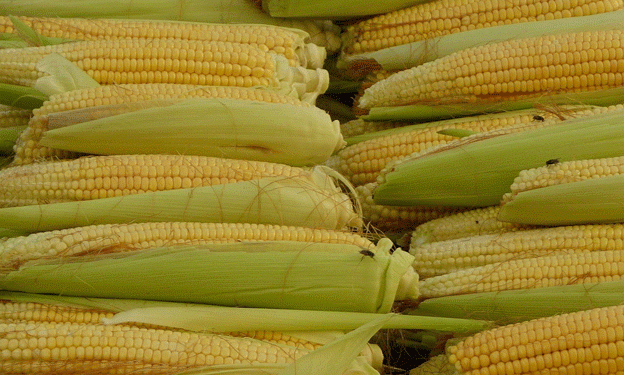In recent weeks, the agricultural landscape in Russia has been shaken by a dramatic rise in corn prices. The latest data from ProZerno, an analytical company, reveals substantial price hikes across the country, reflecting an alarming trend in corn production. With a forecasted yield of only 11.9 million tons for the current year—down from 16.6 million tons in 2022 according to Rosstat—Russian farmers face unprecedented challenges.
Price Increases Across the Regions
The surge in corn prices has been striking:
- In the South, prices jumped by 835 rubles to reach 16,583 rubles per ton (EXW, European part of Russia, including VAT).
- The Central region saw a rise of 565 rubles, bringing the price to 14,917 rubles per ton.
- In the Black Earth region, the increase was 750 rubles, resulting in a price of 15,210 rubles per ton.
This represents the highest price dynamics in Russia’s grain market last week, signaling deep concerns among producers.
Rising Export Duties and Market Dynamics
On October 2, the Russian government raised the export duty on corn nearly tenfold, from 292.7 rubles per ton to 2,786 rubles per ton, based on an indicative price of $225 per ton. In contrast, domestic corn prices are not exceeding $190 per ton (FOB), making Russian corn less competitive on the global market, especially compared to Ukrainian corn at $210 per ton and American corn at $207 per ton.
Dmitry Rylko, Director of the Institute for Agricultural Market Conjuncture, notes that while prices in the South have stabilized due to the increased export duties, producers in the Central region are also holding firm despite a reduction in purchase prices by exporters. The reluctance of farmers to sell at lower prices is a response to the limited availability of corn, which may result in decreased contracts for external markets.
Production Forecasts and Future Implications
Independent grain market expert Alexander Korbut estimates this year’s corn yield will reach around 12 million tons, suggesting that significant exports will be unlikely. He critiques the steep rise in export duties, arguing that it appears to be an administrative tactic to control prices rather than a necessity dictated by market conditions.
Rylko has expressed concerns that if corn production continues to decline, the likelihood of export restrictions will increase. Given the expected yield of 11.8 million tons, he believes shipments to external markets could still occur but at lower volumes than in previous years. Current estimates from SovEcon suggest a total yield of 11.9 million tons, while Rusagrotrans projects 12.4 million tons, with potential exports significantly dropping from 7.34 million tons last year to just 2.6 million tons this year.
The rising prices and falling yields of corn in Russia present a complex challenge for farmers, agricultural engineers, and policy-makers. As the country grapples with production shortfalls and increased export duties, the agricultural sector must navigate these turbulent waters carefully. The future of corn cultivation in Russia hinges on addressing these systemic issues and enhancing productivity to secure both local food supplies and international market competitiveness.
Error




